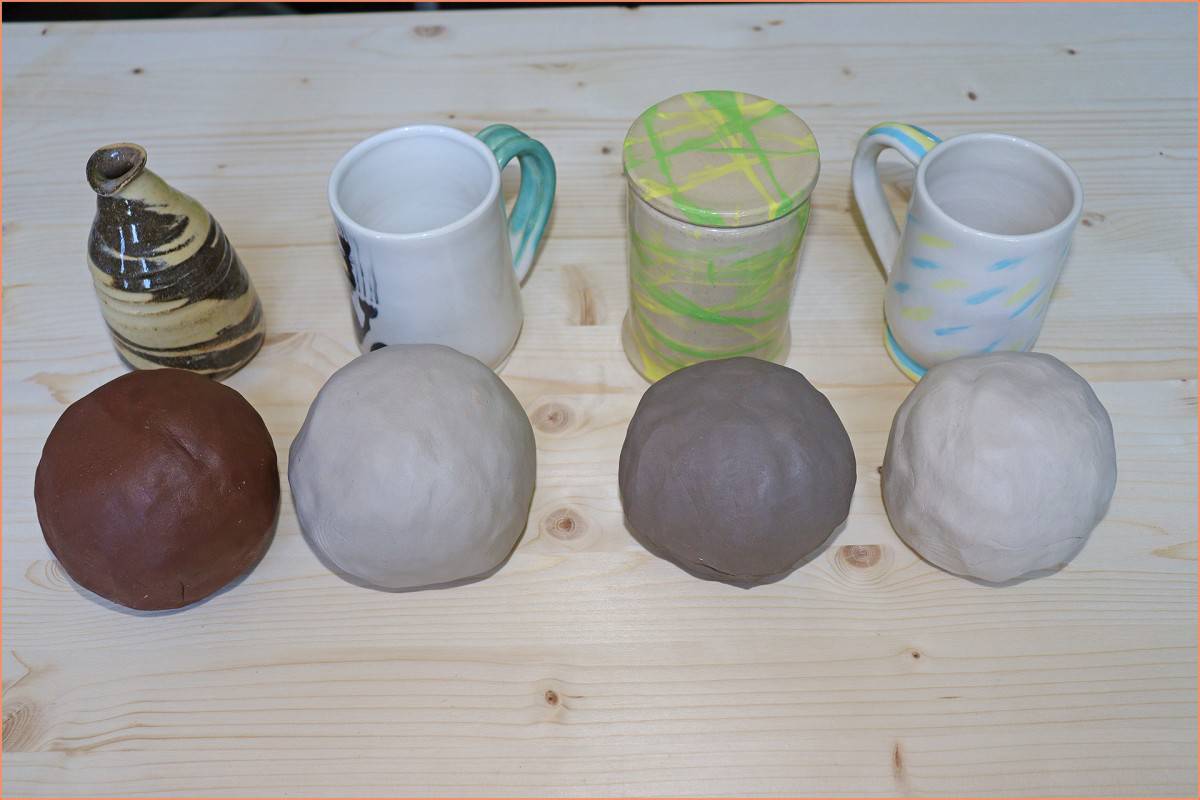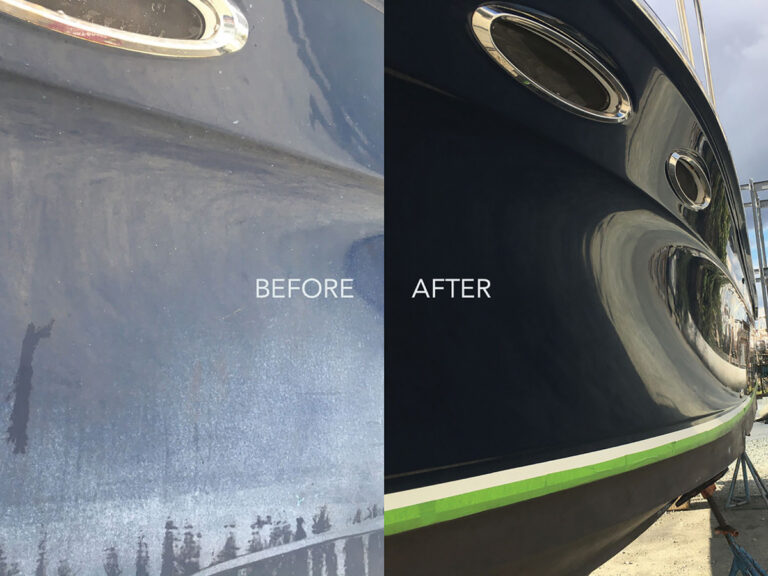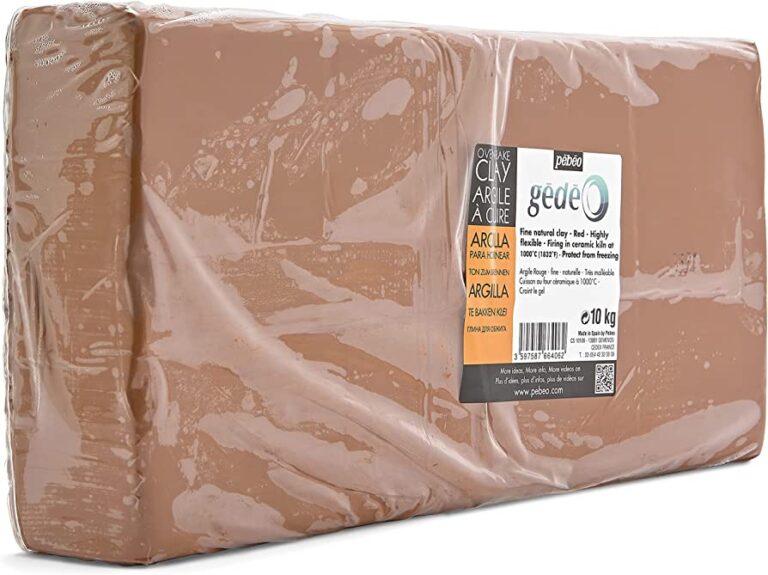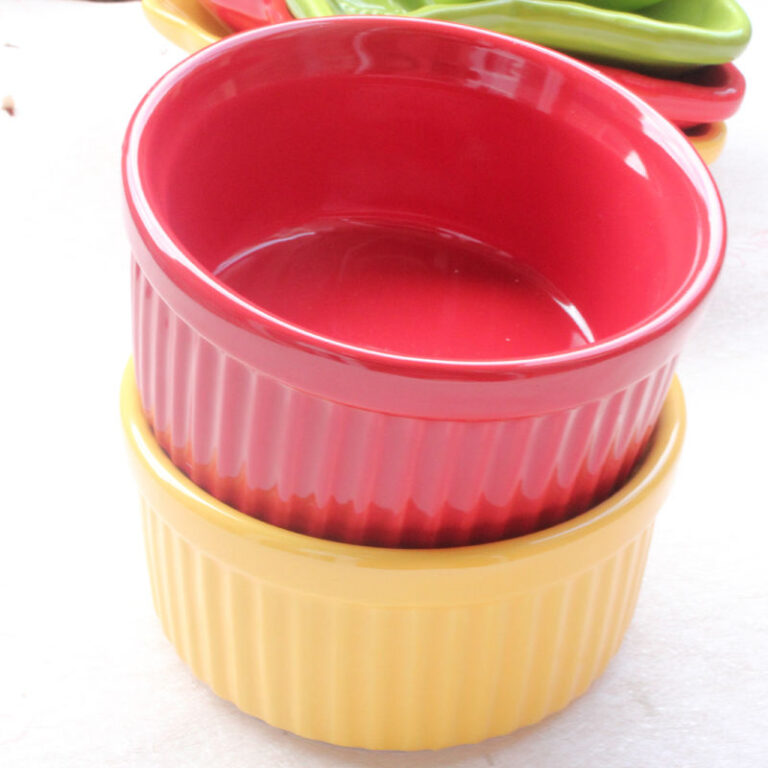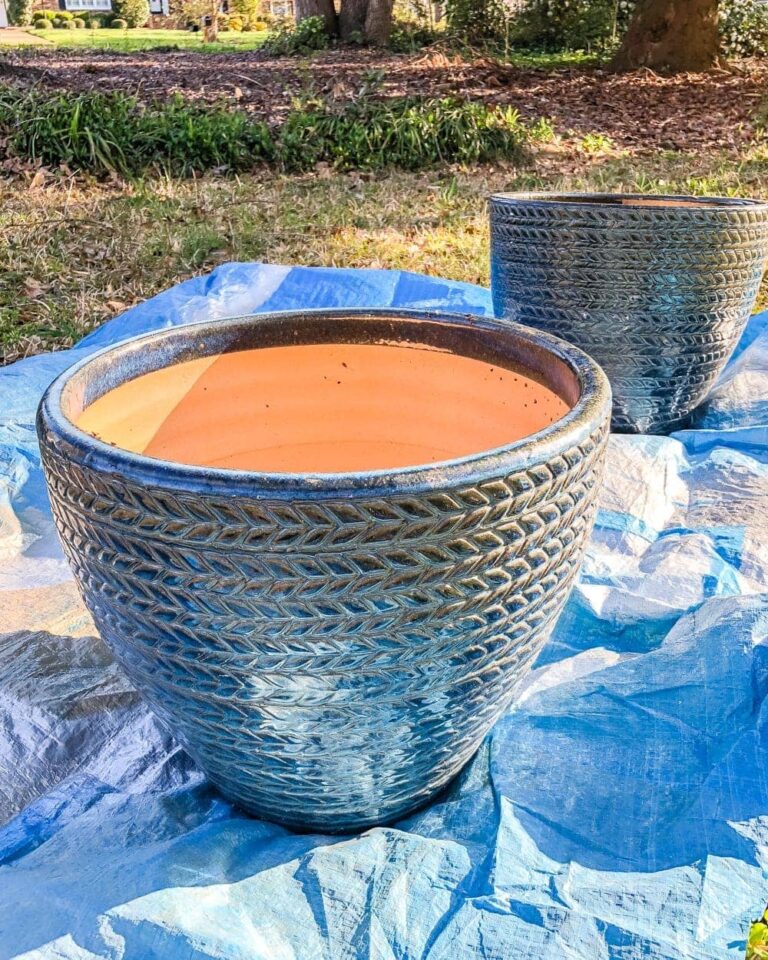What Kind Of Clay Is Used For Pottery
Pottery has been an integral part of human civilization for thousands of years. It involves shaping and firing clay to create functional and decorative objects. One of the crucial aspects of pottery is the choice of clay.
Different types of clay offer unique properties and characteristics that influence the final outcome of the pottery. In this article, we will explore the various types of clay used for pottery, their characteristics, and how to choose the right clay for your projects.
Introduction
Pottery is an ancient art form that has evolved over centuries, and the type of clay used plays a significant role in determining the final product’s quality and appearance. Clay for pottery can be broadly categorized into three main types: earthenware clay, stoneware clay, and porcelain clay. Each type has its own distinct properties and suitability for different pottery techniques.
Types of Clay for Pottery
Earthenware Clay
Earthenware clay is one of the oldest and most widely used types of clay for pottery. It is characterized by its low firing temperature, typically around 1,000 to 1,150 degrees Celsius (1,830 to 2,100 degrees Fahrenheit).
This clay has a reddish-brown or buff color and is known for its porous nature. Earthenware pottery is often used for functional ware such as plates, bowls, and tiles. It is also commonly used for hand-building and sculpting due to its excellent plasticity.
Stoneware Clay
Stoneware clay is a popular choice for both functional and artistic pottery. It has a higher firing temperature than earthenware clay, usually ranging from 1,200 to 1,300 degrees Celsius (2,200 to 2,400 degrees Fahrenheit).
Stoneware clay is known for its durability and non-porous nature, making it suitable for items like mugs, vases, and dinnerware. It comes in a range of colors, from light gray to dark brown, and can be glazed or left unglazed.
Porcelain Clay
Porcelain clay is highly regarded for its delicate and translucent appearance. It is fired at extremely high temperatures, typically between 1,200 and 1,450 degrees Celsius (2,200 and 2,650 degrees Fahrenheit).
Porcelain clay is known for its smooth texture and white color. It is commonly used for creating fine pottery, including delicate tea sets, figurines, and decorative objects. However, it requires great skill and expertise to work with due to its sensitivity to drying and cracking.
How to Choose Pottery Clay – A Beginners Guide
Characteristics of Clay for Pottery
When choosing clay for pottery, it is important to consider its specific characteristics to ensure it suits your desired outcome. Here are some key characteristics to keep in mind:
Plasticity
Plasticity refers to the clay’s ability to be shaped and molded without cracking or losing its form. Highly plastic clays are easier to work with and allow for intricate detailing. Earthenware clay tends to have higher plasticity compared to stoneware and porcelain clays.
Porosity
Porosity determines the clay’s ability to absorb water. More porous clays require longer drying times and can be prone to cracking during the drying process. Earthenware clay has higher porosity compared to stoneware and porcelain clays, making it more suitable for projects where water absorption is desired.
Firing Temperature
Different types of clay require specific firing temperatures to achieve their desired hardness and durability. Earthenware clay has the lowest firing temperature, followed by stoneware, and porcelain clay requires the highest firing temperature.
Color
Clay comes in various natural colors, ranging from red and brown to gray and white. The color of the clay can influence the final appearance of the pottery. Some clays may also contain impurities or additives that affect the color after firing.
Choosing the Right Clay for Pottery
The choice of clay depends on several factors, including your skill level, project requirements, and desired aesthetics. Here are some considerations when selecting the right clay:
Considerations for Beginners
If you are new to pottery, starting with earthenware clay can be a good choice. Its forgiving nature and lower firing temperature make it easier to work with and more suitable for learning the basic techniques. As you gain experience, you can explore stoneware and porcelain clays, which offer more versatility and challenges.
Specific Project Requirements
Consider the specific requirements of your project. If you are creating functional pottery that needs to be durable and water-resistant, stoneware or porcelain clay would be more suitable. On the other hand, if you are focusing on hand-building or sculpting, earthenware clay’s plasticity may be advantageous.
Preparation and Processing of Clay
Before you can start working with clay, it needs to be properly prepared and processed. Here are some essential steps:
Wedging
Wedging is the process of kneading the clay to remove air bubbles and ensure its homogeneity. It helps improve plasticity and eliminates any inconsistencies within the clay. Wedging is especially important when working with recycled clay or clay that has dried out.
Recycling Clay
Clay can be recycled to reduce waste and save costs. Unused or excess clay can be reclaimed by allowing it to dry out and then rehydrating it with water. Recycling clay requires proper wedging to ensure its quality before reuse.
Clay Drying Methods
Clay needs to be dried before it can be fired. There are various drying methods, including air drying, which takes longer but is more suitable for delicate or larger pieces, and using a kiln or drying cabinet for faster and controlled drying.
Popular Clay Brands for Pottery
There are several reputable clay brands that offer high-quality products for pottery enthusiasts. Here are three popular brands known for their reliability and consistent performance:
Brand A
Brand A is known for its extensive range of clay bodies suitable for different firing temperatures and techniques. They offer a wide selection of colors, textures, and characteristics to cater to various artistic preferences.
Brand B
Brand B is favored by many potters for its reliable and consistent clay products. They have a range of clay bodies suitable for both functional and decorative pottery, with a focus on durability and ease of use.
Brand C
Brand C is renowned for its premium porcelain clays, catering to artists and potters who seek exceptional quality and translucency. They offer a diverse selection of porcelain bodies designed for both wheel-throwing and hand-building techniques.
FAQs
1. Can I mix different types of clay for pottery?
Yes, it is possible to mix different types of clay to achieve desired characteristics. However, it requires careful testing and consideration of firing temperatures and compatibility.
2. How long does it take for clay to dry?
The drying time for clay varies depending on factors such as thickness, humidity, and drying method. It can take anywhere from a few days to several weeks for clay to dry completely.
3. Can I reuse clay that has dried out?
Yes, dried-out clay can be reclaimed and reused by rehydrating it with water and properly wedging it to restore its plasticity and consistency.
4. Is porcelain clay suitable for beginners?
Porcelain clay can be challenging for beginners due to its sensitivity to drying and cracking. It requires experience and skill to handle and work with this type of clay effectively.
5. Can I paint or glaze pottery made with earthenware clay?
Yes, pottery made with earthenware clay can be painted or glazed. However, it is important to choose compatible glazes that match the firing temperature of the clay to ensure proper adhesion and desired results.
Conclusion
Choosing the right clay for pottery is crucial for achieving the desired results in terms of aesthetics, functionality, and durability. Understanding the different types of clay and their characteristics allows you to make an informed decision based on your skill level, project requirements, and desired outcome.
Whether you opt for the plasticity of earthenware clay, the durability of stoneware clay, or the delicate beauty of porcelain clay, experimenting with various clay types will expand your pottery skills and open up new creative possibilities.
